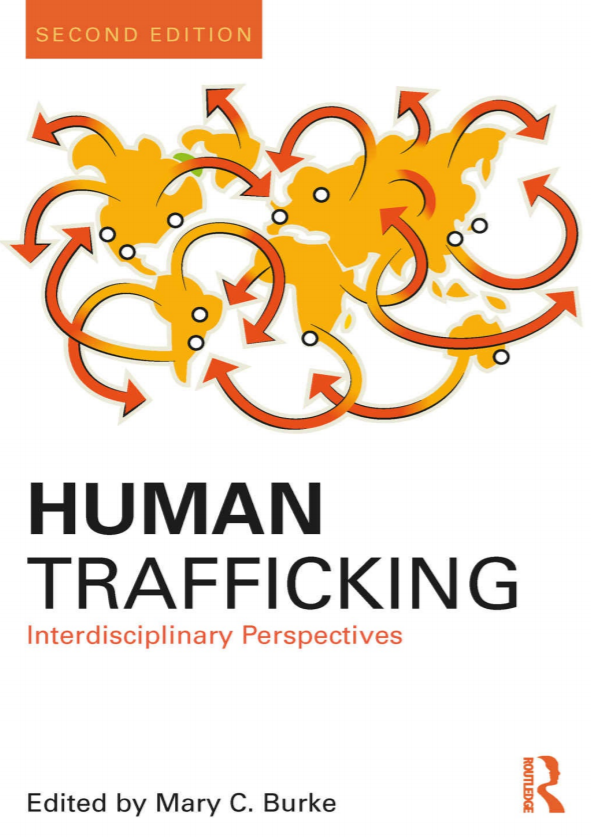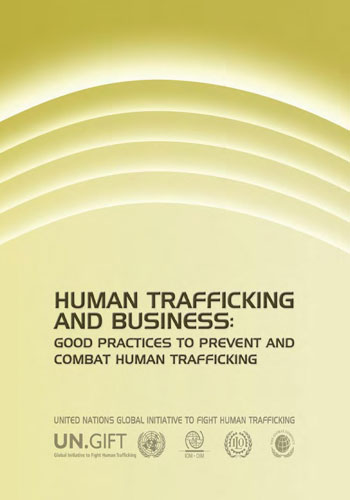Global Estimates of Modern Slavery: Forced Labour and Forced Marriage

The estimates herein are the result of a collaborative effort between the International Labour Organization (ILO) and the Walk Free Foundation, in partnership with the International Organization for Migration (IOM). They benefited from inputs provided by other UN agencies, in particular the Office of the High Commissioner for Human Rights (OHCHR).In the context of this report, modern slavery covers a set of specific legal concepts including forced labour, debt bondage, forced marriage, other slavery and slavery like practices, and human trafficking.
Although modern slavery is not defined in law, it is used as an umbrella term that focuses attention on commonalities across these legal concepts. Essentially, it refers to situations of exploitation that a person cannot refuse or leave because of threats, violence, coercion, deception, and/or abuse of power.
Country
Worldwide
Region
Worldwide
Year
2017








